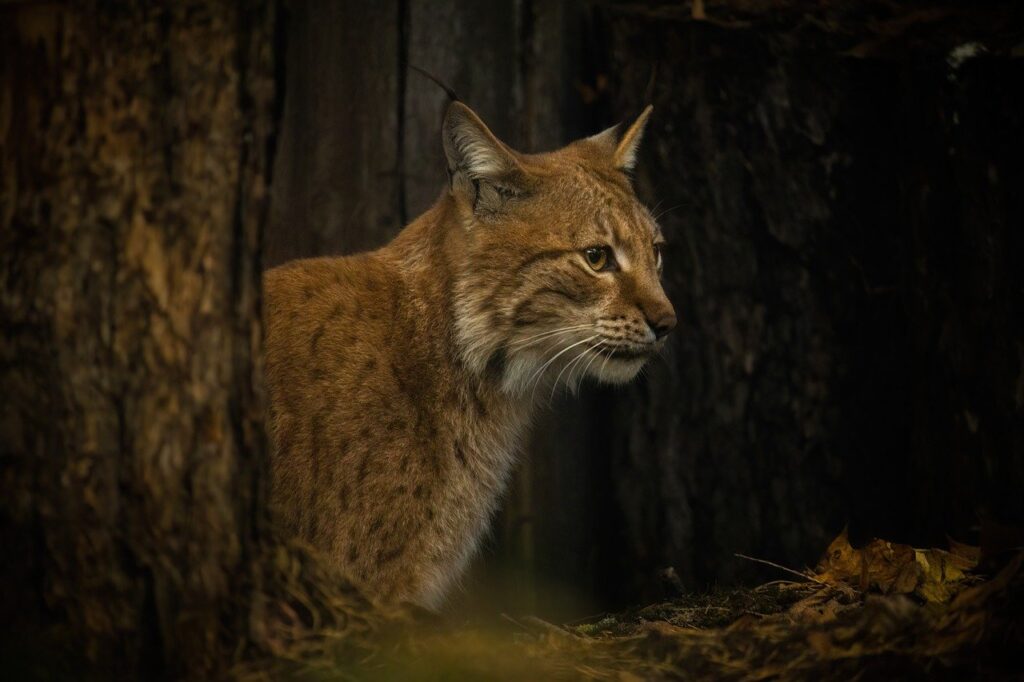Alps own a huge territory with so many beautiful areas. Walkings through the mountain patches seems to be an excellent experience.
You can admire wonderful landscapes.
But have you ever wondered about creatures which live in the rarely visited places in mountainous forests?
There are so many species animals and plants. It’s rare to meet some dangerous creatures like a bear or a wolf, but it’s not impossible in Alpine forest.
Horned animals
The most known animal in this region is an Ibex- a wild goat. It’s the most iconic rock climber in Alps. You can associate it with big horns which are transversely ridged in front. This huge animal ranging in height from 70 to 110 centimeters and weighing 90 to 120 kilograms, ibex can live up to 20 years.
It is sexually dimorphic species: males are larger and carry longer, curved horns than females. Its coat colour is typically brownish grey.
Alpine ibex tends to live in steep, rough terrain near the snow line. During the breeding season, males fight for access to females, and use their long horns
in agonistic behavior.
Their diet consist of grasses, and the rest is a mixture of mosses, flowers, leaves, and twigs. Ibex is protected in Alps.
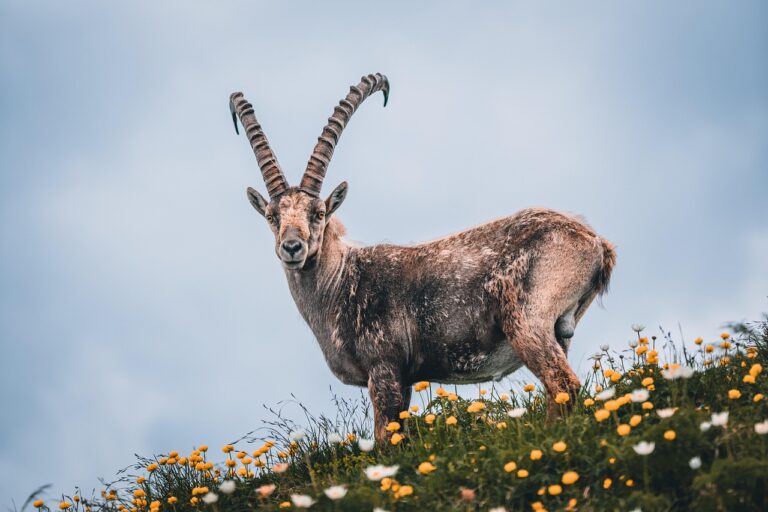
It’s not the only Alpine inhabitant with huge horns.
There are also deers. Male deers use their horns
to impress females.
Deers shed their antlers periodically.
The largest extant deer is the moose, which is nearly
2.6 metres tall and weighs up to 800 kilograms.
Their coat colour generally varies between red and brown,
though it can be as dark as chocolate brown in the tufted deer
or have a grayish tinge as in elk.
Deer are also excellent jumpers and swimmers.
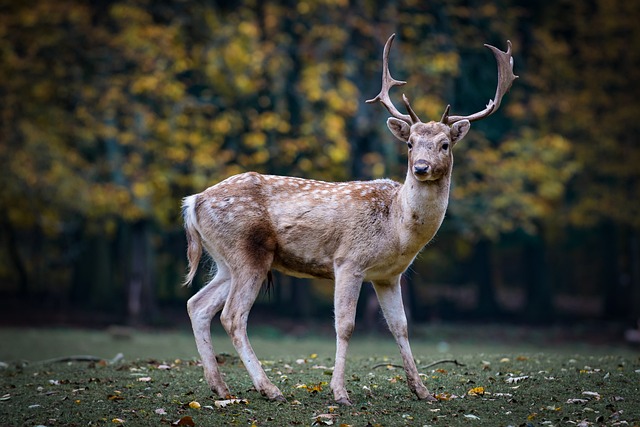
Predators
The next really interesting animal is Golden Jackal.
The Golden Jackal is similar to the grey wolf but its smaller and
lighter weight, its also has shorter legs and tail.
Its color changes depending on the season.
The golden jackal’s color is pale cream in summer and dark tawny beige in winter.
They live in a small patch.
Jackals are wary of humansand are not considered “aggressive”towards larger animals.

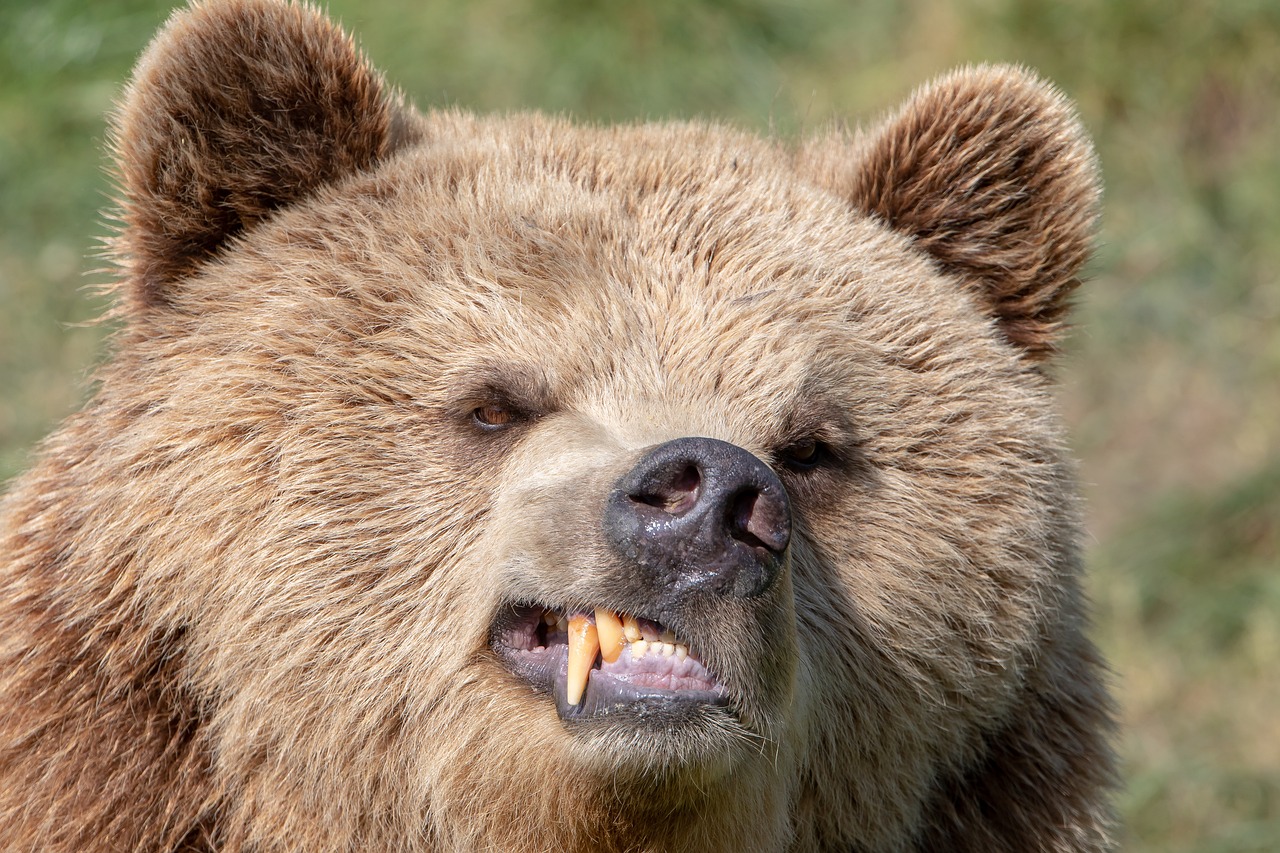
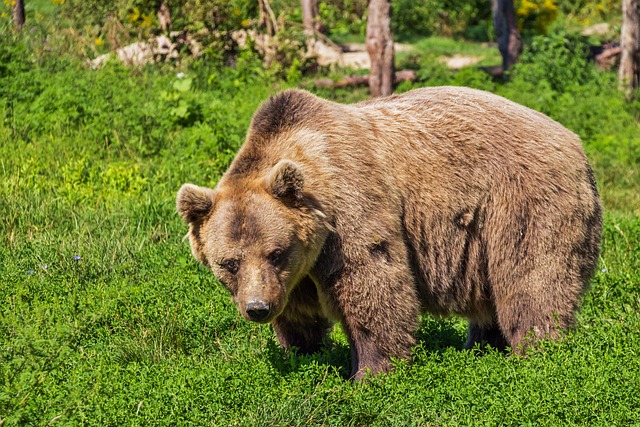
The presence of such a predator in alpine forests may also cause concern.
The Marsican brown bear, otherwise known
as the Apennine brown bear, has a relatively
calm temperament,
with no aggression shown towards humans.
The male Marsican brown bear is larger than
most of the other brown bear subspecies,
with a weight of around 217 kilograms,
while the female is significantly smaller,
at around 140 kilograms.
These bears are known to be omnivorous-an animal that has the ability to eat and survive
on both plant and animal matter.
In nature, mainly eating berries, while occasionally eating small animals such as chickens and other livestock. Baby Marsican brown bears tend to grow up fairly quickly. In a standing position,
the Marsican brown bear can reach
heights of up to two metres.
These large mammals have been spotted rolling rocks over in search of insects as well as reaching high into branches looking for berries, honey, etc. A characteristic of the Marsican brown bear is that their winter hibernation is not made up of a single slumber.
The lynx is a medium-sized wild cat.This animal has a relatively short,
reddish or brown coat that is marked with black spots.
The underparts, neck and chin are whitish.
The fur is more brightly coloured with more numerous spots in animals living at the southern end of its range.
In winter, it is much thicker and varies from silver-grey to greyish brown.
The largest of the four lynx species, ranging in body length from 76–106 cm in males; 73–99 cm in females; and standing 55–75 cm at the shoulder.
The tail is 11–24.5cm long, constituting a total length of up to 130 cm
in the largest males.
The lynx is an ambush predator but also hunts by stalking, sneaking
and jumping on prey using both vision and hearing.
When snow conditions make this harder, it may be forced to switch to larger prey. It often climbs onto high rocks or fallen trees to scan
the surrounding area.
It is a powerful predator that has killed adult deer weighing at least 150 kg.
